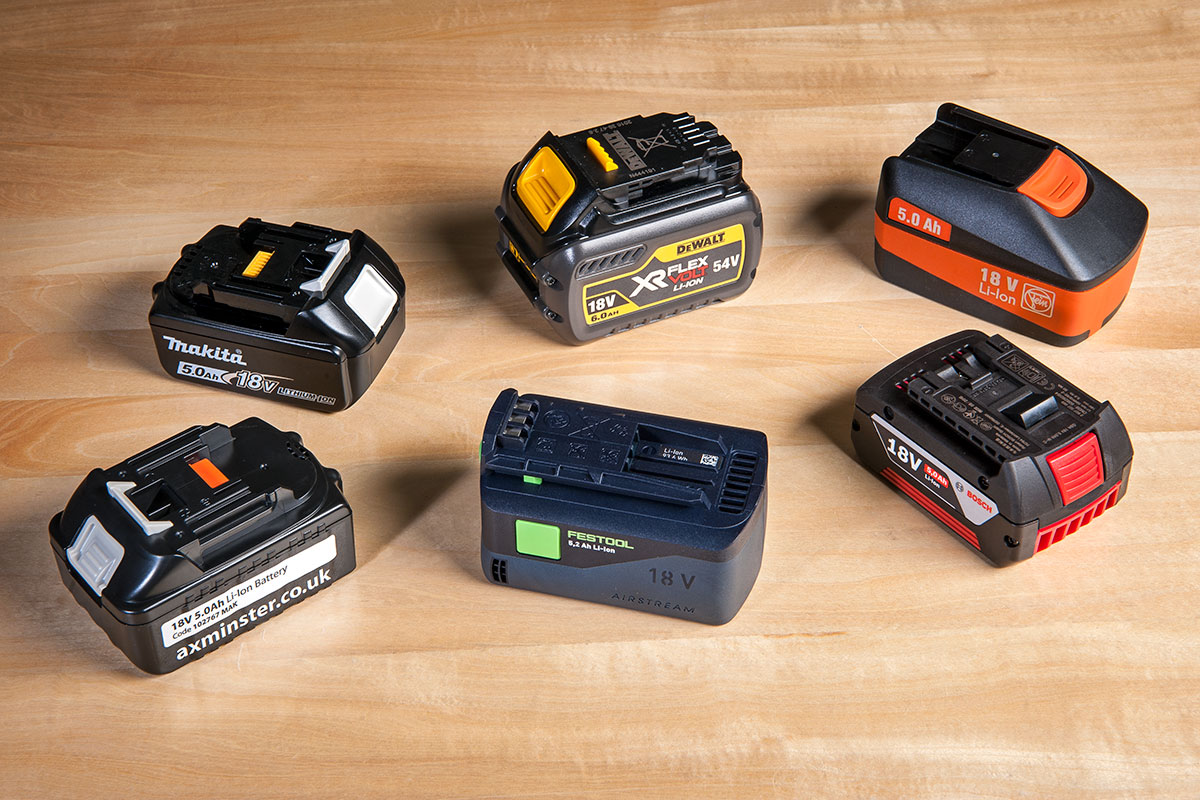

Articles
How To Store Power Tool Batteries
Modified: February 24, 2024
Learn how to properly store power tool batteries with these informative articles. Extend the lifespan of your batteries and keep them in optimal condition.
(Many of the links in this article redirect to a specific reviewed product. Your purchase of these products through affiliate links helps to generate commission for Storables.com, at no extra cost. Learn more)
Introduction
Welcome to our comprehensive guide on how to store power tool batteries! Power tool batteries are essential for the smooth operation of our tools, providing the necessary energy to complete various tasks. However, improper storage and neglect can significantly reduce their lifespan and overall performance. That’s why it’s crucial to understand the best practices for storing power tool batteries to ensure they remain in optimal condition.
In this article, we will delve into the factors that affect battery storage, explore proper storage techniques, discuss temperature and humidity considerations, and provide recommendations for charging and discharging. We will also touch on regular maintenance and inspections to extend the lifespan of your power tool batteries. Lastly, we will highlight some common mistakes to avoid that can lead to damage or decreased battery efficiency.
By following the guidelines provided in this article, you can maximize the lifespan of your power tool batteries and ensure they are always ready to deliver the power you need for your projects. Let’s dive in!
Key Takeaways:
- Proper storage and maintenance of power tool batteries are essential for maximizing their lifespan and performance. By following recommended storage techniques, considering temperature and humidity, and using the right charger, you can ensure your batteries remain in optimal condition.
- Avoiding common mistakes such as exposing batteries to extreme temperatures, neglecting regular maintenance, and using damaged batteries will contribute to the longevity of your power tool batteries. Implementing proper storage and maintenance practices will save you money and ensure reliable performance for your tools.
Read also: 14 Best Battery Power Tools for 2024
Understanding Power Tool Batteries
Before diving into the storage techniques for power tool batteries, it’s crucial to have a basic understanding of how these batteries work. Power tool batteries are typically rechargeable lithium-ion batteries, known for their high energy density and long-lasting performance. They are designed to provide a steady and consistent power supply to the tools they are connected to.
Lithium-ion batteries work through a chemical reaction that occurs between the lithium ions and the materials inside the battery. This reaction generates the electrical energy that powers the tools. One of the key advantages of lithium-ion batteries is their low self-discharge rate, meaning they can retain their charge for a longer period, even when not in use.
Power tool batteries come in various voltages, ranging from 12 volts to 36 volts or higher, depending on the specific tool’s power requirements. It’s essential to use the correct voltage battery that is compatible with your particular power tool to ensure optimal performance.
Additionally, power tool batteries may have different capacities, measured in amp-hours (Ah). The capacity refers to the amount of energy the battery can store and provide over a specific period. Higher amp-hour ratings indicate longer runtime for your tools before needing a recharge.
Power tool batteries also feature built-in safety mechanisms, such as thermal and voltage protection, to prevent overheating and overloading of the battery. These safety features help prolong the battery’s lifespan and ensure safer operation when using power tools.
Understanding the basic principles and components of power tool batteries is essential for proper storage and maintenance. With this understanding, you can make informed decisions on how to store and care for your power tool batteries to maximize their lifespan and performance.
Factors Affecting Battery Storage
Several factors can significantly impact the storage and performance of power tool batteries. Understanding these factors will help you implement the proper storage techniques and ensure that your batteries remain in optimal condition. Let’s explore the key factors that can affect battery storage:
- Temperature: Temperature plays a crucial role in battery storage. Extreme temperatures, both hot and cold, can affect the battery’s chemistry and performance. High temperatures can accelerate the battery’s self-discharge rate and reduce its overall lifespan. On the other hand, extremely cold temperatures can cause the battery’s capacity to decrease temporarily, affecting its performance. It is important to store power tool batteries in a cool and dry environment to maintain their longevity.
- Humidity: Excessive moisture or humidity can harm power tool batteries. Moisture can seep into the battery and cause corrosion, leading to damage and reduced performance. It is advisable to store batteries in a dry environment and avoid exposing them to damp areas or water sources.
- Proper Packaging: To protect power tool batteries during storage, it is recommended to store them in their original packaging or use a dedicated battery case. Proper packaging helps shield the batteries from physical damage and prevents contact with other metal objects that could cause short circuits.
- Avoiding Physical Damage: Power tool batteries are sensitive to physical damage, such as drops or impacts. Any physical damage can affect the battery’s internal components and compromise its performance. It is crucial to handle batteries with care and avoid subjecting them to rough treatment.
- Charge Level: Prior to long-term storage, it is important to consider the battery’s charge level. For optimal storage, it is recommended to store lithium-ion batteries at a charge level between 20-40%. Storing batteries at full charge or completely discharged states for extended periods can negatively impact their overall health and lifespan.
By taking these factors into account, you can implement the necessary precautions and storage techniques to ensure the longevity and performance of your power tool batteries. In the next section, we will explore the proper storage techniques that will help you maintain your batteries in excellent condition.
Proper Storage Techniques
Implementing proper storage techniques is crucial for maintaining the performance and longevity of power tool batteries. Here are some essential tips to help you store your batteries correctly:
- Clean Before Storage: Before storing your power tool batteries, make sure they are clean and free of any dirt or debris. Gently wipe them with a clean, dry cloth to remove any contaminants that could affect their performance.
- Charge Level: As mentioned earlier, it’s important to store lithium-ion batteries at a charge level between 20-40%. This range provides a good balance between preserving the battery’s chemistry and ensuring it does not completely drain over time. Avoid storing batteries at full charge or completely discharged states for extended periods.
- Separate Storage: Store batteries separately from their power tools. Detach the batteries from the tools before storage to prevent any accidental activation or discharge. This also helps protect the batteries from any potential damage that may occur during storage.
- Temperature and Humidity: Choose a storage area that is cool and dry. Avoid extreme temperatures and high humidity levels, as they can negatively impact the battery’s performance and lifespan. Ideally, store batteries in a space with temperatures between 15-25°C (59-77°F) with low humidity.
- Proper Packaging: When storing batteries, use their original packaging whenever possible. If the original packaging is not available, invest in dedicated battery cases or storage containers. These containers will provide extra protection and help prevent physical damage that could affect the battery’s performance.
- Avoid Exposure to Sunlight: Keep batteries away from direct sunlight or any intense heat sources, as this can lead to increased temperature and potential damage. Store them in a shaded area or in a container that offers UV protection.
- Regular Use: To ensure the health of your power tool batteries, it is recommended to use them regularly. Batteries that are used periodically tend to perform better and have a longer lifespan compared to those that are left idle for extended periods.
By following these proper storage techniques, you can maintain the optimal performance and lifespan of your power tool batteries. In the next section, we will explore the temperature and humidity considerations that further impact battery storage.
Temperature and Humidity Considerations
Temperature and humidity play a vital role in the storage of power tool batteries. Proper consideration of these factors is crucial to ensure the longevity and performance of your batteries. Let’s explore the temperature and humidity considerations for battery storage:
Temperature:
Extreme temperatures, both hot and cold, can have a significant impact on the performance and lifespan of power tool batteries.
High temperatures can accelerate the battery’s self-discharge rate and cause it to lose capacity more quickly. Heat can also damage the internal components of the battery, reducing its overall performance and lifespan. It is important to store batteries in a cool environment, away from direct sunlight or any sources of excessive heat.
On the other hand, extremely cold temperatures can temporarily reduce the battery’s capacity and ability to deliver power efficiently. It is advisable to avoid storing batteries in freezing temperatures or below 0°C (32°F). If you live in a region with extremely cold winters, store batteries in a temperature-controlled environment, such as a garage or workshop.
Humidity:
Excessive moisture and high humidity levels can also affect power tool batteries. Moisture can seep into the battery, causing corrosion and potential damage to its internal components.
It is important to store batteries in a dry environment to prevent any moisture from accumulating. Avoid storing batteries in areas prone to high humidity, such as basements, bathrooms, or outdoor sheds that are not well-sealed. Consider using moisture absorbers or silica gel packets in the storage containers to reduce humidity levels.
By considering temperature and humidity factors and implementing the necessary precautions, you can ensure that your power tool batteries remain in optimal condition during storage. In the next section, we will discuss recommendations for charging and discharging your batteries to further enhance their performance and lifespan.
Store power tool batteries in a cool, dry place away from direct sunlight and extreme temperatures. It’s best to keep them at around 50% charge when not in use to prolong their lifespan.
Read more: How To Store Dewalt Batteries
Charging and Discharging Recommendations
Proper charging and discharging practices are essential for maintaining the performance and lifespan of power tool batteries. Follow these recommendations to ensure you get the most out of your batteries:
Charging:
- Use the charger specifically designed for your power tool battery. Different batteries require different charging voltages and currents, so using the correct charger is crucial.
- Avoid charging batteries at extremely high or low temperatures. Most chargers have temperature protection mechanisms and will prevent charging if the temperature is outside the recommended range.
- Charge batteries on a stable and non-flammable surface. Make sure the charging area is well-ventilated to dissipate any heat generated during the charging process.
- Avoid charging batteries unattended or overnight. Overcharging can negatively impact the battery’s performance and lifespan. Once the battery is fully charged, remove it from the charger.
Discharging:
- Avoid completely draining the battery before recharging. Lithium-ion batteries perform best when kept at a medium charge level. Recharge the battery when it reaches around 20-40% capacity.
- Do not discharge the battery too quickly or overload it with power-hungry tools. This can put unnecessary stress on the battery and reduce its overall lifespan.
- During prolonged storage periods, it is recommended to discharge the battery slightly before putting it into storage. This helps prevent the battery from self-discharging completely, which can lead to irreversible capacity loss.
By following these charging and discharging recommendations, you can optimize the performance and lifespan of your power tool batteries. In the next section, we will discuss the importance of regular maintenance and inspections to keep your batteries in top condition.
Regular Maintenance and Inspections
Performing regular maintenance and inspections on your power tool batteries is vital for their longevity and optimal performance. Here are some essential maintenance practices to keep in mind:
- Cleanliness: Regularly clean the battery contacts and terminals using a soft, dry cloth. Accumulated dirt or debris can interfere with the battery’s connection and performance.
- Checking for Damage: Inspect your power tool batteries for any signs of physical damage, such as cracks, dents, or bulges. Damaged batteries should not be used and should be properly disposed of according to local regulations.
- Monitoring Battery Temperature: During use, pay attention to the temperature of your batteries. If a battery becomes abnormally hot during operation, it could be a sign of an underlying issue. Discontinue use and allow the battery to cool down before investigating further.
- Storage Voltage: Periodically check the voltage of stored batteries to ensure they are within the recommended range. If a battery’s voltage drops significantly during storage, it may indicate self-discharge or internal issues.
- Inspecting Charger: Regularly check the charger for any visible signs of damage or malfunction. A faulty charger can lead to improper charging, which can negatively impact the battery’s performance and safety.
By incorporating these regular maintenance practices and inspections into your routine, you can detect and address any issues with your power tool batteries promptly. This will contribute to the longevity and reliability of your batteries, ensuring they are always ready for use when you need them.
Now that we’ve covered the importance of maintenance and inspections, let’s move on to the next section, where we will discuss tips for extending the lifespan of your power tool batteries.
Extending Battery Lifespan
If you want to get the most out of your power tool batteries, it’s essential to take steps to extend their lifespan. Here are some effective tips to help you maximize the longevity of your batteries:
- Avoid Overcharging: Overcharging can lead to unnecessary stress on the battery and reduce its lifespan. Always monitor the charging process and remove the battery from the charger once it reaches full capacity.
- Proper Discharging: Avoid completely draining the battery before recharging. Lithium-ion batteries perform best when kept at a moderate charge level. Recharge the battery when it reaches around 20-40% capacity to maximize its longevity.
- Use the Right Charger: Always use the appropriate charger designed for your specific power tool battery. Different batteries require different charging voltages and currents, so using the correct charger is crucial for their optimal performance and lifespan.
- Store Batteries Properly: Implement the previously mentioned storage techniques, including storing batteries in a cool and dry environment, away from extreme temperatures and high humidity. Using their original packaging or dedicated battery cases will provide additional protection.
- Regular Use: Regularly using your power tool batteries will help maintain their optimal performance. Even if you don’t have a specific project, try to use them occasionally to prevent prolonged periods of inactivity, which can negatively impact the battery’s lifespan.
- Avoid Disuse for Prolonged Periods: If you know you won’t be using your power tool batteries for an extended period, it’s best to store them at a medium charge level (20-40%) and recharge them every few months to prevent complete discharge and maintain their overall health.
- Avoid Extreme Temperatures: Exposure to extreme temperatures, both hot and cold, can shorten the lifespan of power tool batteries. Keep batteries away from direct sunlight, heat sources, and freezing temperatures, as mentioned earlier.
- Quality Batteries: Invest in high-quality batteries from reputable manufacturers. Quality batteries tend to have better construction, chemistry, and performance, which can contribute to a longer lifespan compared to cheaper alternatives.
By following these tips, you can significantly extend the lifespan of your power tool batteries, saving you money in the long run and ensuring reliable performance for your tools.
Now that we’ve covered ways to extend battery lifespan, let’s highlight some common mistakes to avoid when storing and using power tool batteries in the next section.
Common Mistakes to Avoid
When it comes to storing and using power tool batteries, there are several common mistakes that can negatively impact their performance and lifespan. Avoiding these mistakes will help ensure the longevity and reliability of your batteries. Let’s take a look at some of the most common mistakes to avoid:
- Exposing Batteries to Extreme Temperatures: Extreme temperatures, whether it’s scorching heat or freezing cold, can significantly impact battery performance. Avoid leaving batteries in direct sunlight, near heaters, or in excessively cold environments.
- Storing Batteries in Damp or Humid Areas: Excessive moisture and high humidity levels can lead to corrosion and damage to the battery’s internal components. Avoid storing batteries in damp basements, bathrooms, or areas prone to humidity without proper protection.
- Ignoring Proper Charging and Discharging Guidelines: Overcharging or completely draining the battery before recharging can reduce its overall lifespan. Follow the recommended charging and discharging guidelines mentioned earlier to maximize battery health.
- Using the Wrong Charger: Using an incompatible charger can cause improper charging, leading to decreased performance and potential damage to the battery. Always use the charger specifically designed for your power tool battery.
- Neglecting Regular Maintenance and Inspections: Regular maintenance, such as cleaning the battery contacts and checking for signs of damage, is crucial for the longevity of your batteries. Neglecting these inspections can lead to reduced performance or even safety hazards.
- Storing Batteries without Protection: Storing batteries without proper protection exposes them to potential physical damage and short-circuiting. Use their original packaging or invest in dedicated battery cases to ensure they are protected during storage.
- Using Damaged Batteries: Do not continue using batteries that show signs of physical damage, such as cracks or bulges. Damaged batteries can be hazardous and should be properly disposed of according to local regulations.
- Leaving Batteries Unused for Prolonged Periods: Allowing batteries to sit unused for extended periods without any maintenance or periodic use can negatively impact their performance. Regularly use and recharge your batteries to keep them in good condition.
By avoiding these common mistakes, you can ensure that your power tool batteries perform at their best and have a longer lifespan. Taking proper care of your batteries will not only save you money but also contribute to safer and more efficient power tool usage.
With these tips in mind, you are now well-equipped to store, use, and maintain your power tool batteries effectively. Proper battery storage and maintenance will ensure that your batteries are always ready to provide the power you need for your projects.
Thank you for reading, and happy tooling!
Read more: How To Store Ryobi Batteries
Conclusion
In conclusion, proper storage and maintenance of power tool batteries are crucial for maintaining their performance, longevity, and overall efficiency. By understanding the factors that affect battery storage, implementing proper storage techniques, and considering temperature and humidity considerations, you can ensure that your batteries remain in optimal condition.
Following the recommendations for charging and discharging your batteries, using the right charger, and regularly using and maintaining your batteries will further enhance their lifespan and performance. Avoiding common mistakes such as exposing batteries to extreme temperatures, neglecting regular maintenance, and using damaged batteries will also contribute to the longevity of your batteries.
Remember to store your batteries in a cool and dry environment, use their original packaging or dedicated battery cases, and avoid overcharging or completely draining the battery before recharging. Regularly clean the battery contacts and inspect the battery for any signs of damage to ensure optimal performance.
By extending the lifespan of your power tool batteries, you not only save money in the long run but also ensure that your tools are always ready for use when you need them. Proper battery storage and maintenance contribute to safer and more efficient power tool usage.
Thank you for taking the time to read our comprehensive guide on how to store power tool batteries. We hope that the information provided has been helpful and informative for you. Now, go ahead, implement these tips, and enjoy the long-lasting performance of your power tool batteries!
Frequently Asked Questions about How To Store Power Tool Batteries
Was this page helpful?
At Storables.com, we guarantee accurate and reliable information. Our content, validated by Expert Board Contributors, is crafted following stringent Editorial Policies. We're committed to providing you with well-researched, expert-backed insights for all your informational needs.

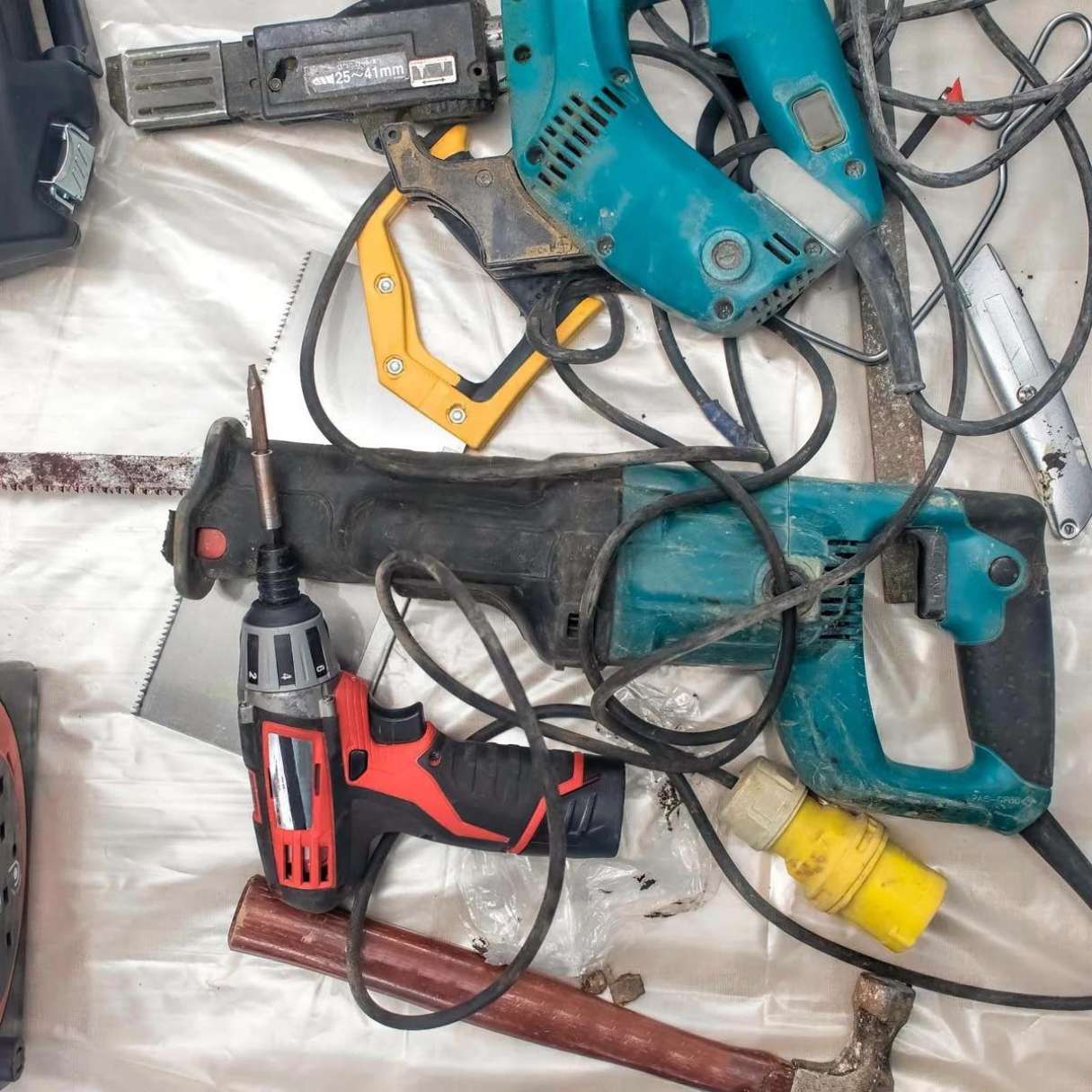
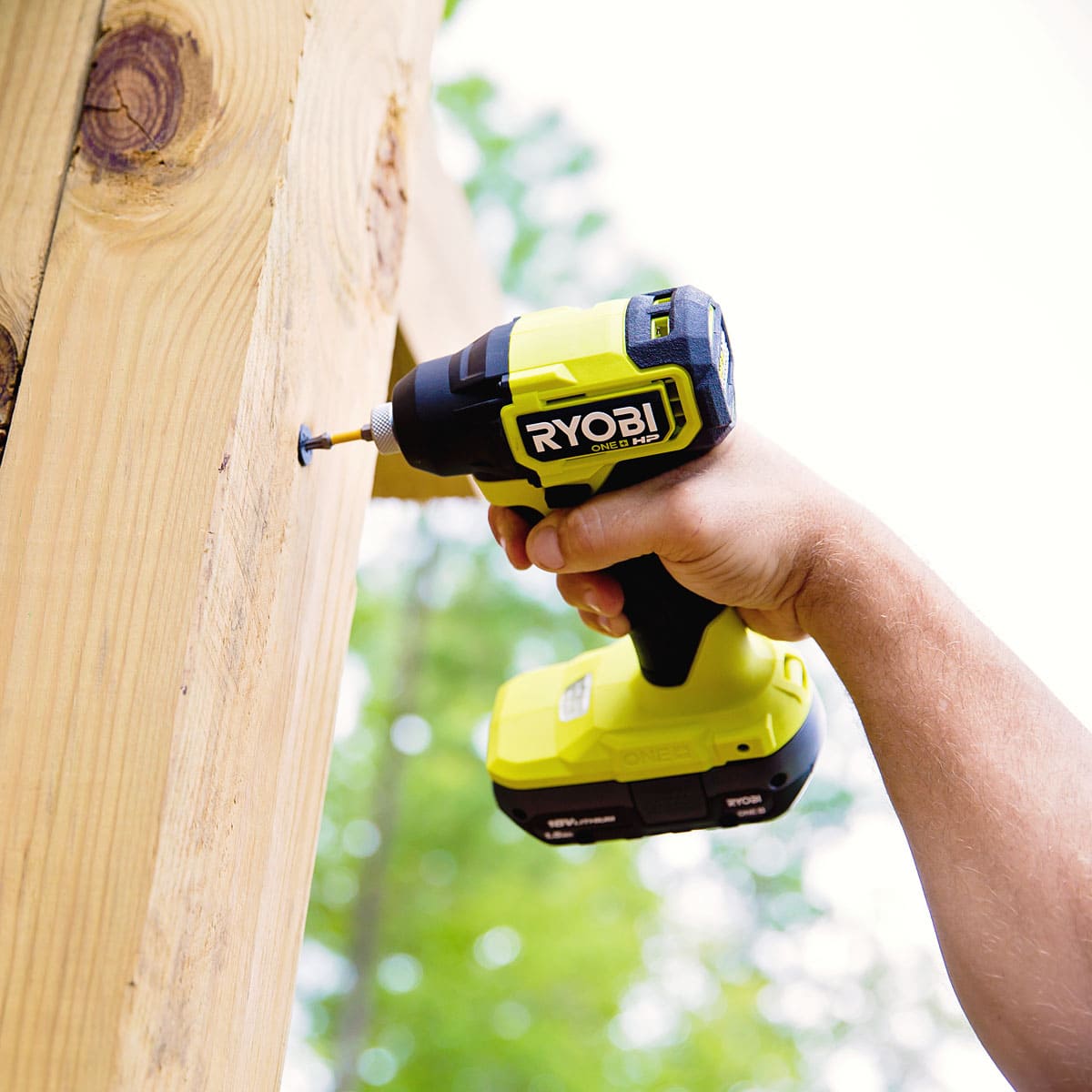
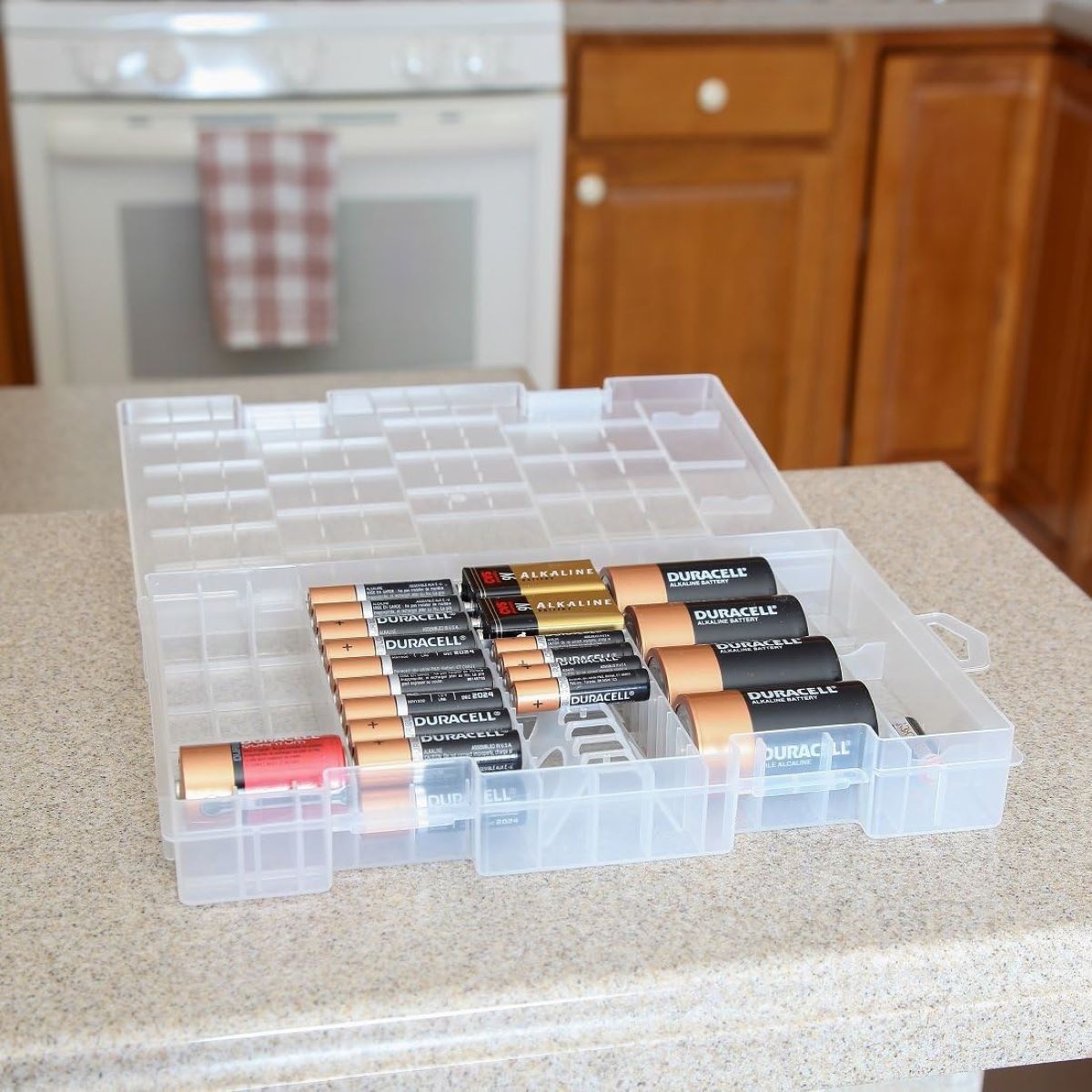
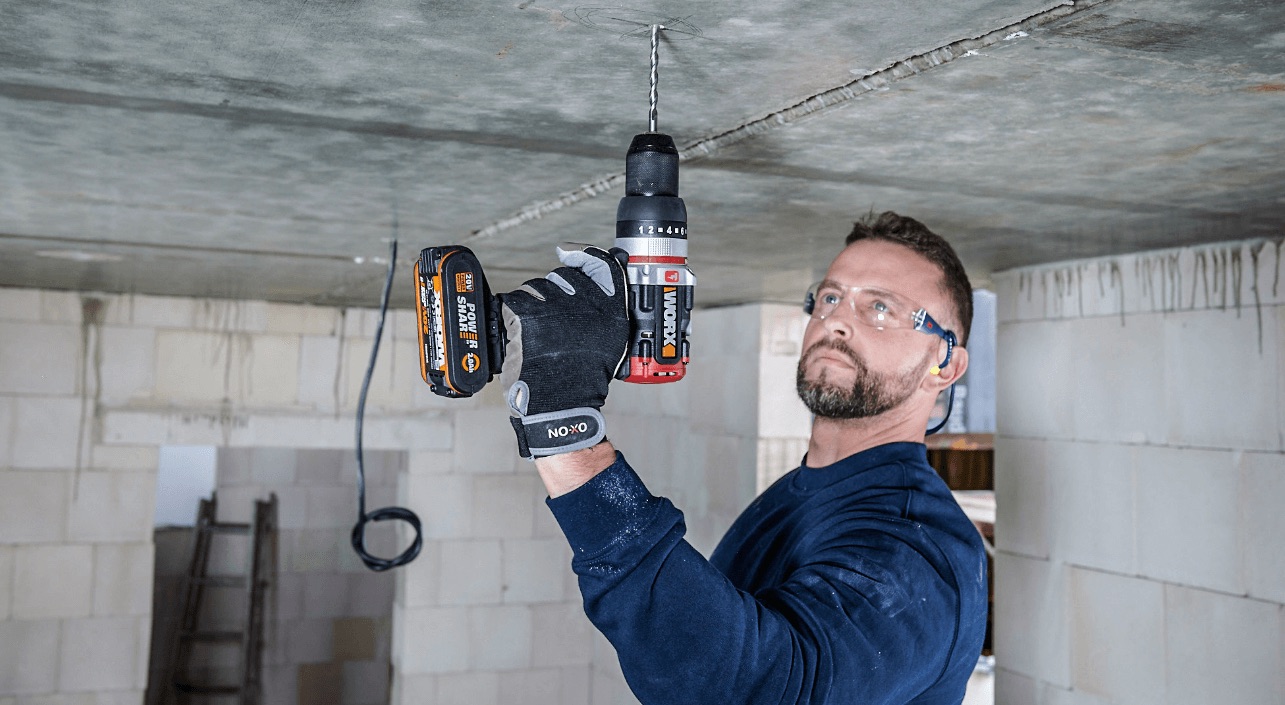
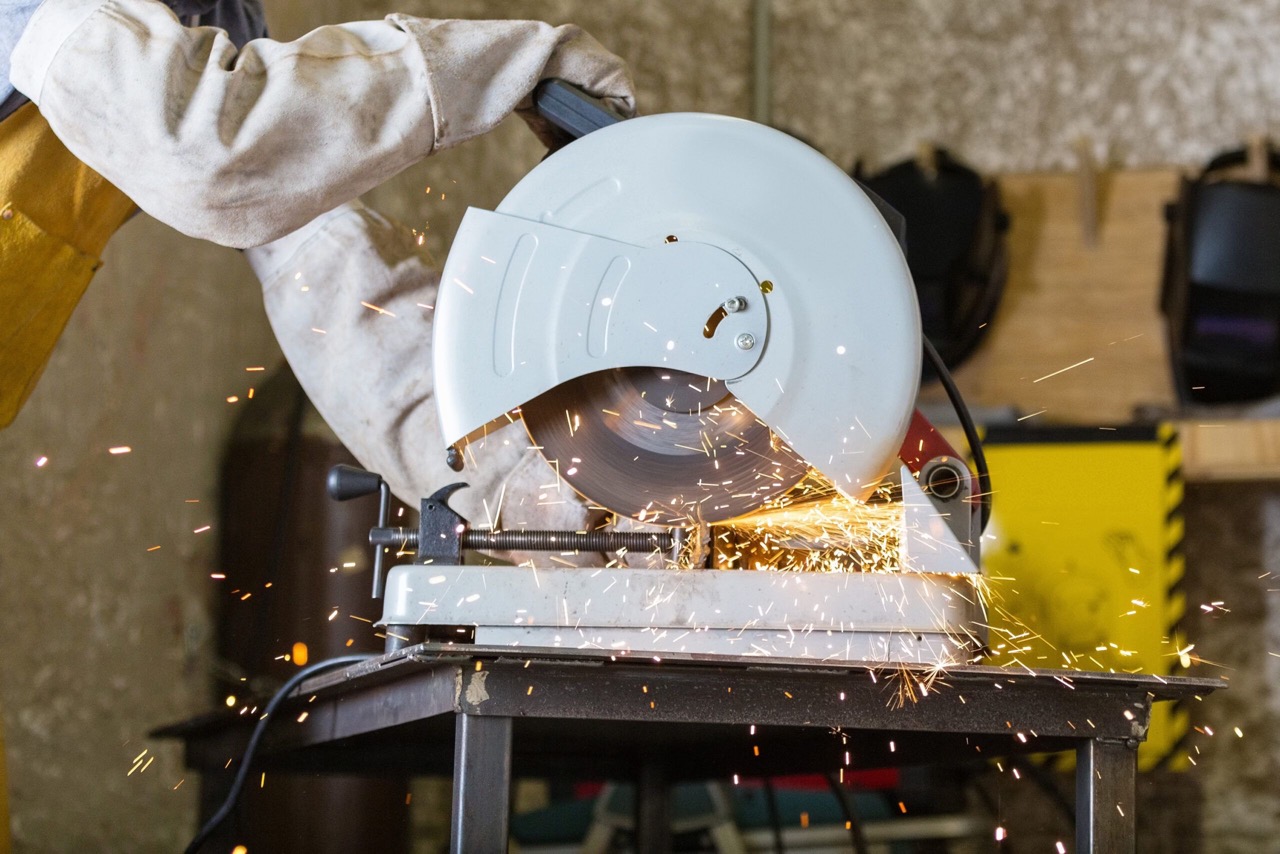
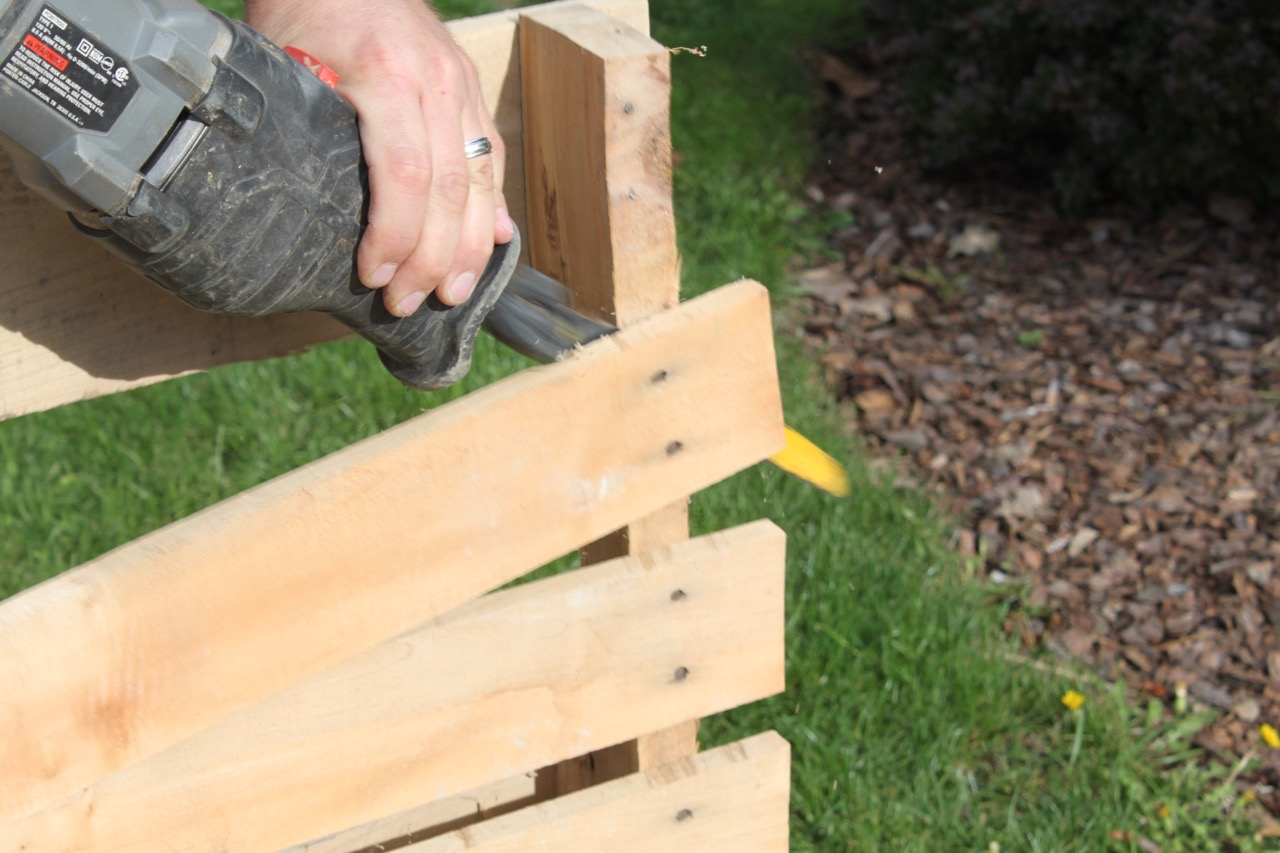
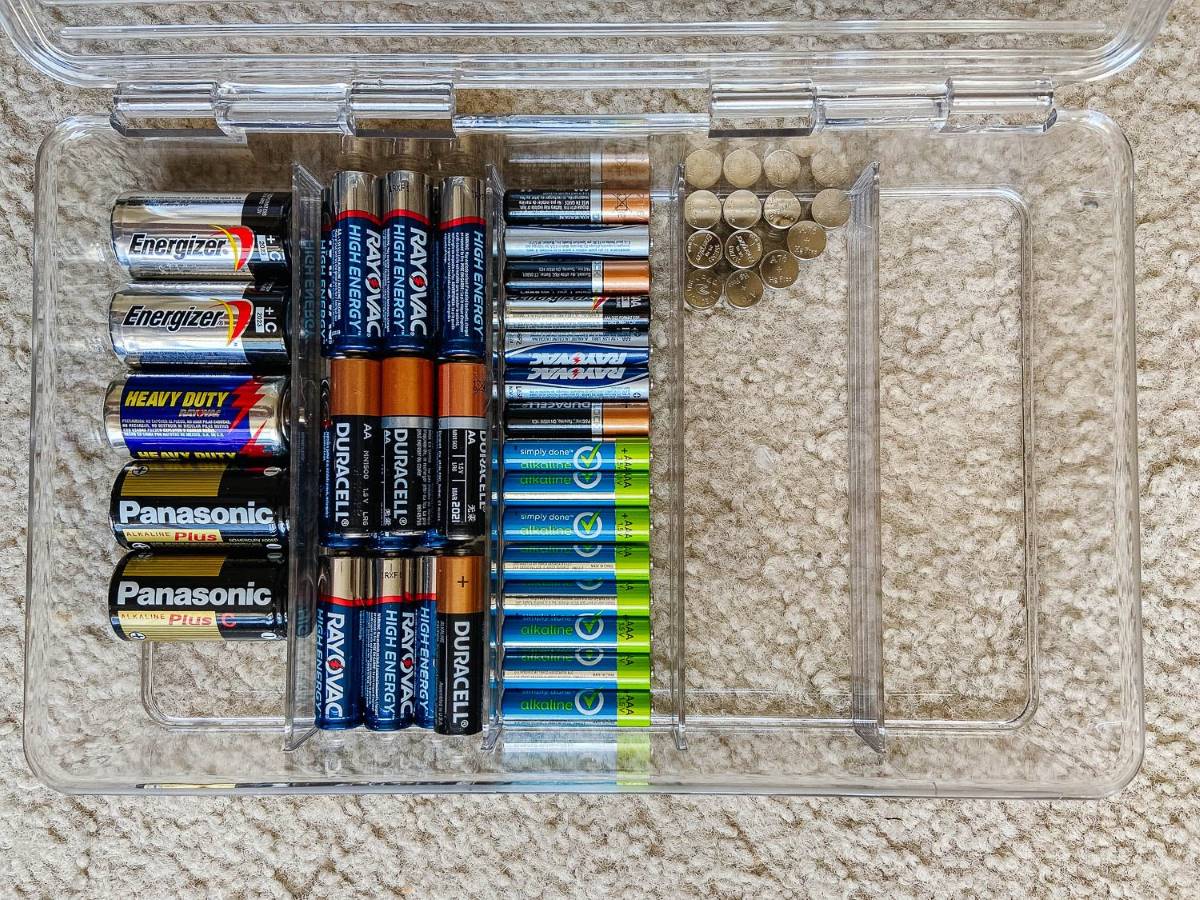
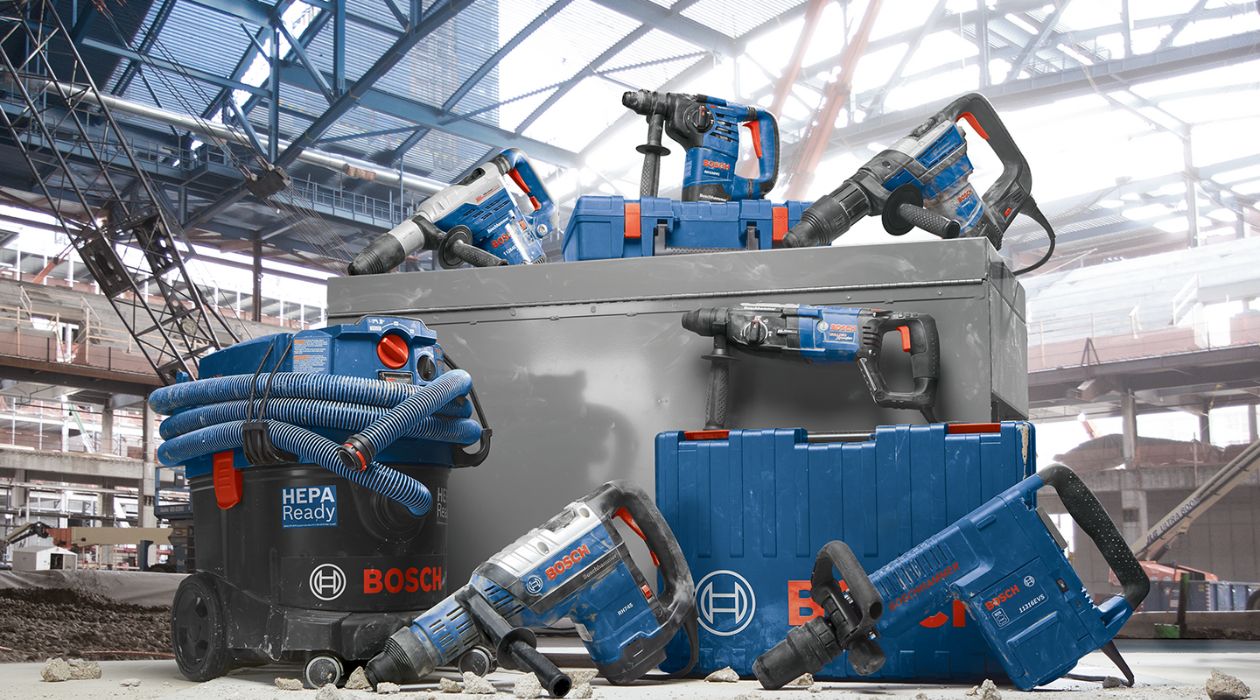

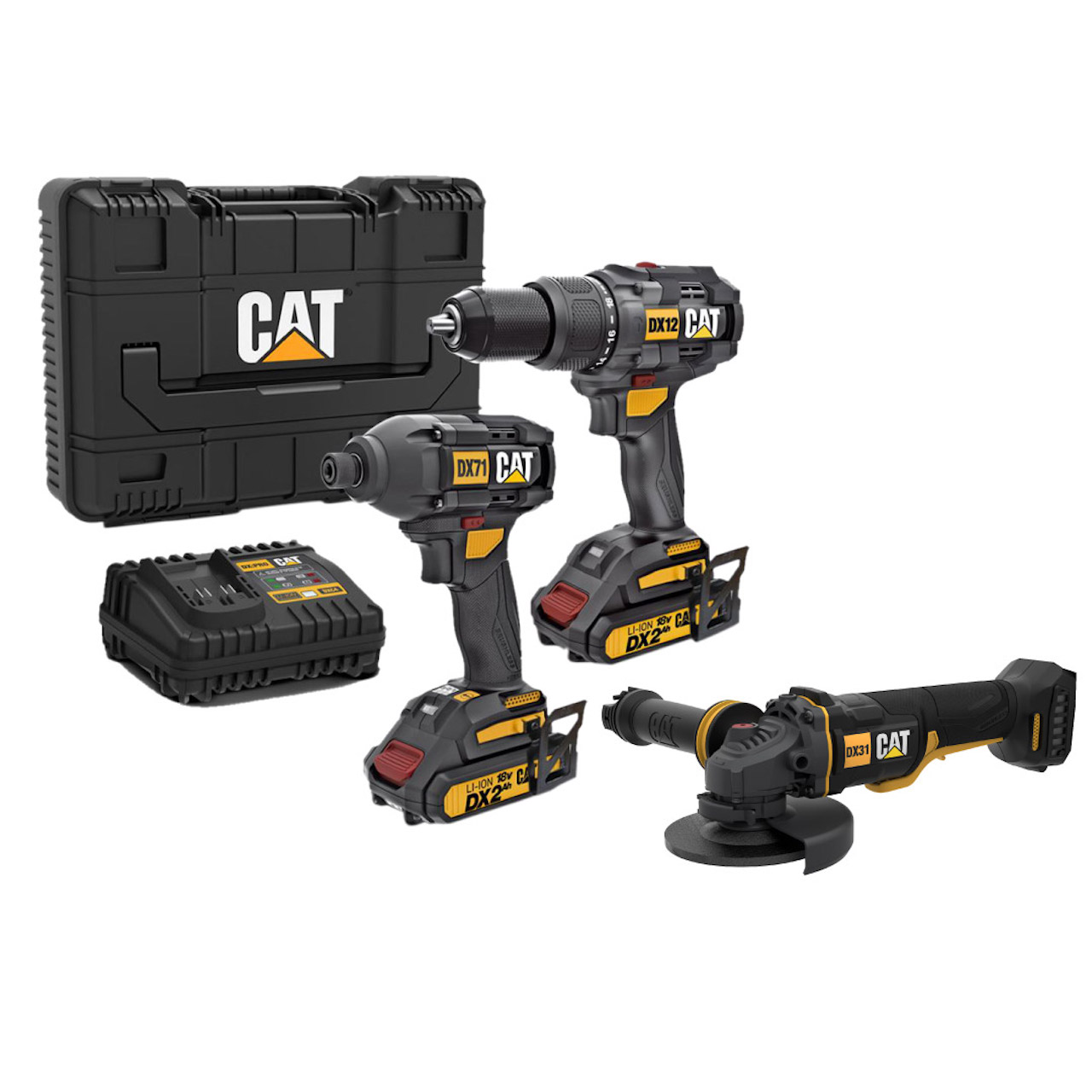
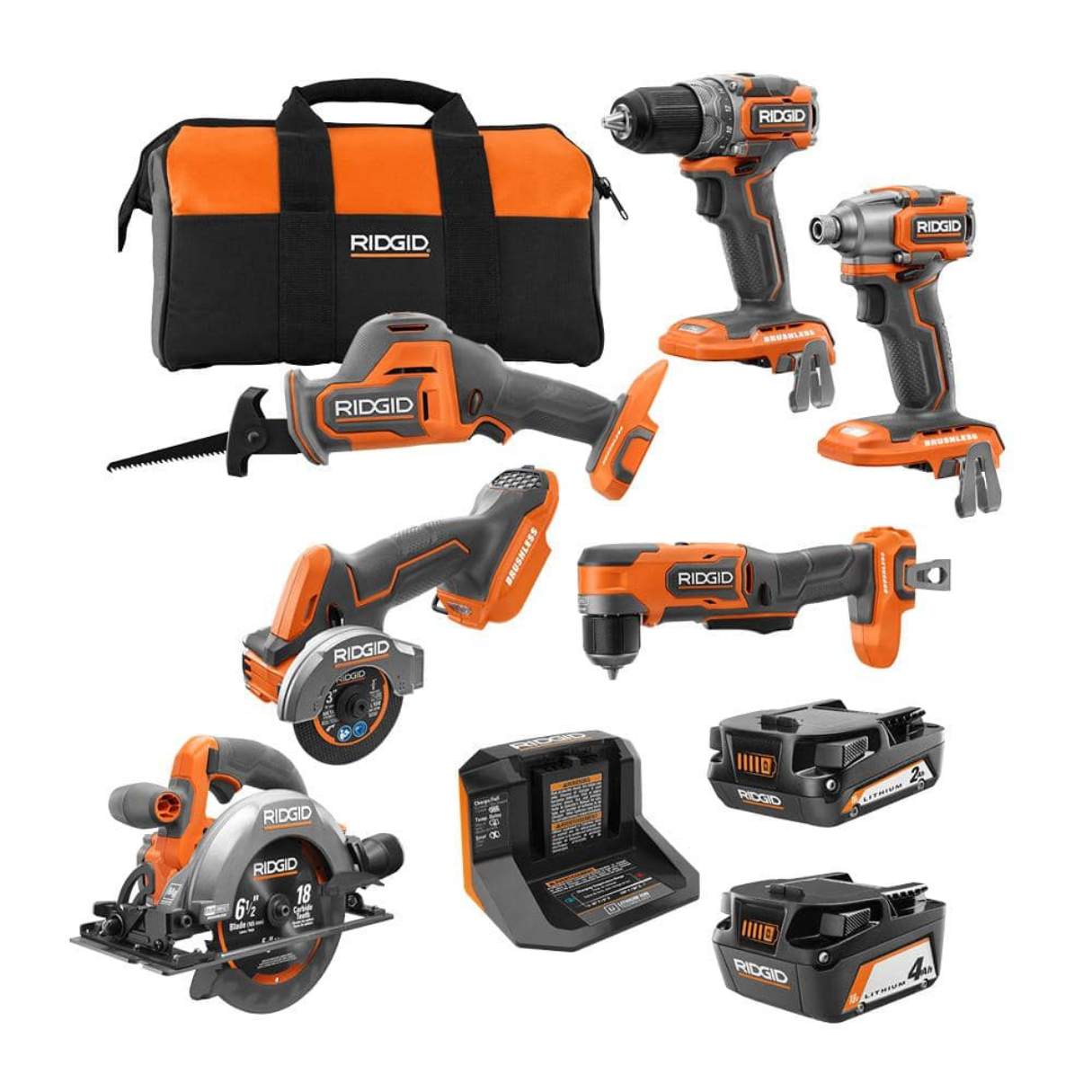
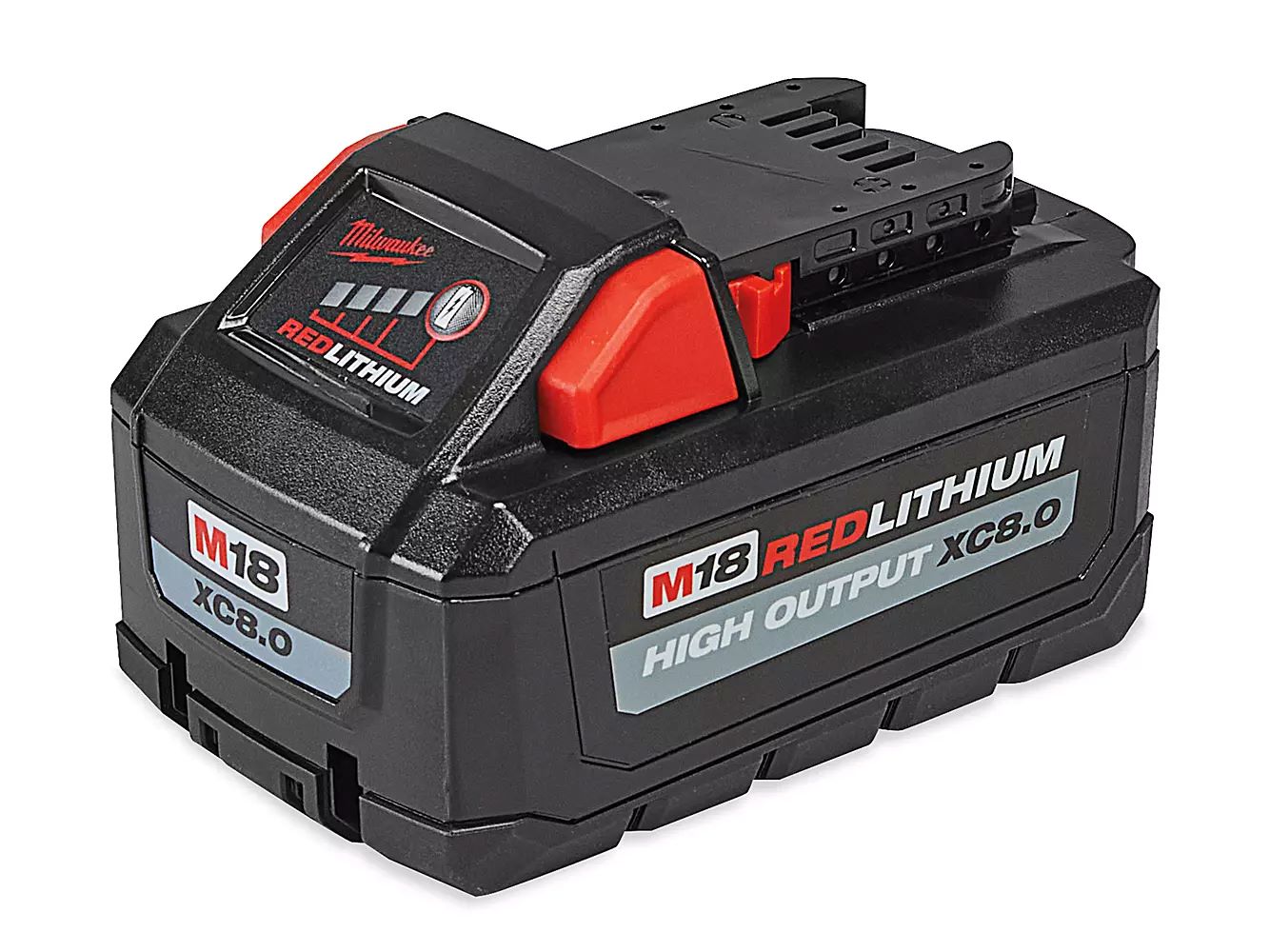

0 thoughts on “How To Store Power Tool Batteries”